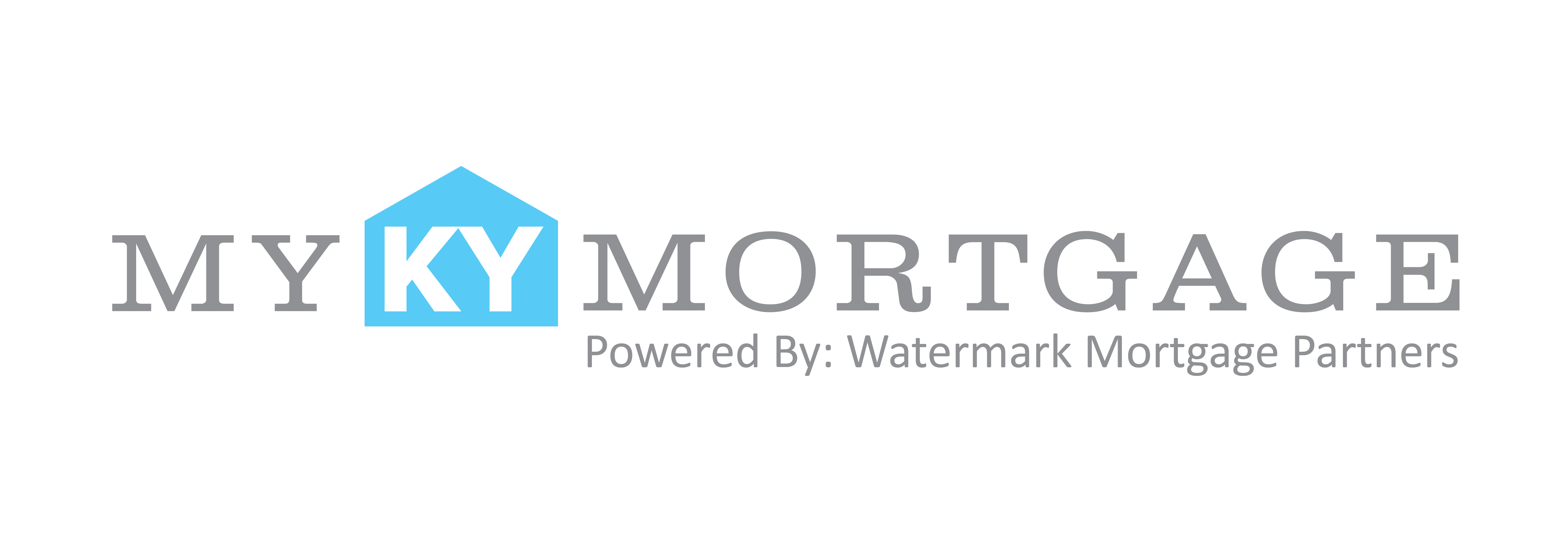When borrowing money to purchase a home, the annual percentage rate (APR) consists of the interest and other charges (such as closing costs, points, origination fees and private mortgage insurance) that you’ll pay as part of your monthly mortgage. There also are some costs that usually aren’t calculated into the APR, including the home appraisal, title search and insurance, credit report and transfer taxes. (Although taxes typically are considered part of closing costs, they aren’t a lender fee, so they don’t count toward the APR.) Here, realtor.com explains everything you need to know about the annual percentage rate.
Interest rate vs. APR
If you want to ensure you get the best loan for your situation (and don’t get into too much debt), it’s important to look at both the periodic rate and the APR. If you just stick to the interest rate, you may not know about the fees associated with your loan, and if you focus only on the APR, you could miss out on a lower interest rate. Keep in mind that the fees not included in the APR are paid at closing. Meanwhile, your interest rate is what you’ll pay as long as you are making monthly payments, which could last as long as 30 years.
What determines my interest rate?
Saving a fraction of a percent on your interest rate can save you thousands of dollars. As the prime rate increases and decreases, so do purchase APRs on mortgages. If you can purchase a home when you can lock in a good APR, you’ll save a lot of money on interest charges during the life of your mortgage. Six key factors affecting the interest rate most mortgage lenders offer at a given time include:
- Credit score: This is a numerical representation of your track record of paying off your debts, from credit cards to student loans. If you have a good mix of credit accounts (including a credit card or two and an auto loan) and you pay your bills on time every month, you generally should have a good credit score. Lenders use your credit score to predict how reliable you’ll be in paying your home loan. In general, consumers with higher credit scores receive lower interest rates than consumers with lower credit scores. A perfect credit score is 850, a good score is from 700 to 759, and a fair score is from 650 to 699.
- Loan amount and down payment:If you’re willing and able to invest a large down payment in your home, lenders assume less risk and will offer you a better rate. If you don’t have enough money to put down 20 percent on your mortgage, you likely will have to pay private mortgage insurance (PMI), which is an extra monthly fee meant that mitigates the risk to the lender that you might default on your loan. (PMI ranges from about 0.3 percent to 1.15 percent of your home loan.) D on your circumstances or loan type, your closing costs and mortgage insurance also could be included in the amount of your loan.
- Home location:Mortgage rates can vary depending on where you’re buying a home, with the strength of your local housing market either driving up or down interest rates.
- Loan type:Your interest rate will depend on the type of loan you select. The most common type is a conventional mortgage, targeted at borrowers who have well-established credit, solid assets and steady income. If your finances aren’t in great shape, you may be able to qualify for a Federal Housing Administration loan, a government-backed loan that requires a low down payment of 3.5 percent. There are also U.S. Department of Veterans Affairs and U.S. Department of Agriculture Rural Development loans.
- Loan term:The duration of your loan affects your rate, with shorter-term loans generally having lower interest rates—and lower overall costs—but larger monthly payments.
- Type of interest rate:Mortgage rates depend on whether you get a fixed- or adjustable-rate mortgage. A fixed-rate means the interest rate you pay remains fixed at the same level throughout the life of your loan, while, an ARM starts out at a fixed, predetermined interest rate that adjusts after a specified initial period of usually three, five, seven or 10 years, based on market indexes.
How to choose the perfect home loan
Having a difficult time choosing between loans based on the interest rate versus APR? If you have the cash up-front, but would prefer to have lower monthly payments, it might be worth it to you to find the lowest interest rate available, even if the APR is slightly higher. In 10 years, you’ll be thankful for that lower interest when you’re paying a smaller bill. On the other hand, if you need all of your cash on hand for the down payment, you might need to pay a slightly higher interest rate with fewer fees at closing. It also matters how long you plan to stay in the house. Every loan has a break-even point, where the extra fees you paid up-front are balanced out by a lower interest rate. If your break-even point for a loan with a higher APR and lower interest rate is seven years, but you plan to sell the house in five, you’re getting a better deal with a loan with a higher interest rate and lower fee.



